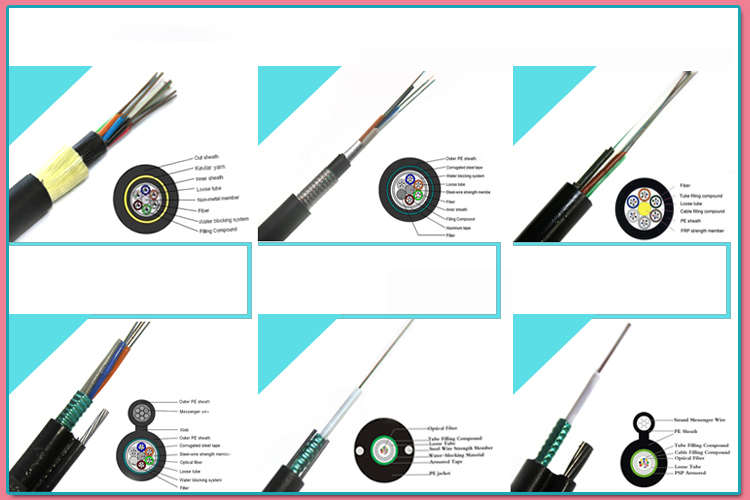Analysis of the Prospects of the Fiber Optic Cable Industry
The global fiber optic cable industry is poised for significant growth in the coming years due to various factors, such as the growing demand for high-speed internet connectivity, an increase in internet users, advancements in telecommunication standards, and expansion in the telecom industry. This report will analyze the key prospects, challenges, and competitive landscape of the global fiber optic cable industry.
 Market Prospects:
Market Prospects:
1. High-Speed Internet Connectivity: With the constant rise in internet penetration and the need for high-speed internet connectivity, the demand for fiber optic cables is expected to grow significantly. Fiber optic cables enable faster data transmission with minimal signal loss, which makes them ideal for supporting high-speed internet services, such as video streaming and online gaming.
2. Growth in Internet Users: The continuous increase in the number of internet users across the globe is another promising factor for the global fiber optic cable industry. As of January 2021, there were 4.66 billion active internet users globally, accounting for 59.5% of the world’s population. This growth in internet users directly contributes to the demand for better connectivity and infrastructure, thus driving the fiber optic cable market.
3. Telecommunication Industry Expansion: The ongoing expansion and modernization of the telecommunication industry are set to benefit the fiber optic cable market. The emergence of 5G technology, for instance, has considerably increased the data transmission demands in the telecom sector, making fiber optic cables indispensable for reliable and high-speed communication.
4. Government Initiatives and Infrastructure Development Projects: Governments around the world are pushing for digitalization and upgrading their communication infrastructure, which positively impacts the fiber optic cable industry. Public-private partnerships and government-backed projects in many countries aim to expand broadband networks, laying the groundwork for market growth.
Challenges:
1. High Initial Investment: The installation of fiber optic cable networks involves high initial investment costs for laying, integrating, and maintaining the fiber infrastructure. This might slow down market growth in countries with budgetary constraints as they may opt for alternative and cost-effective solutions.
2. Growing Wireless Communication Technologies: Despite the myriad advantages of fiber optic cables, the growing popularity of wireless communication technologies, such as 5G and satellite internet, can hinder the market growth. These wireless communication technologies eliminate the need for physical cables, offering a faster and more efficient communication channel.
Competitive Landscape:
The global fiber optic cable industry comprises numerous key players, often engaging in strategic collaborations and innovations to stay competitive. Some of the leading companies in the market include:
1. Corning Incorporated
2. Prysmian Group
3. Furukawa Electric
4. LS Cable & System
5. Sumitomo Electric Industries, Ltd.
To conclude, the global fiber optic cable industry holds promising growth potential, driven by the increasing demand for high-speed internet connectivity, expansion in the telecom industry, and government initiatives. However, market growth may face a few hindrances, including high initial investment costs and competition from wireless communication technologies. Nevertheless, companies in the fiber optic cable market can capitalize on these prospects by investing in innovative products, focusing on strategic collaborations, and expanding their presence in emerging markets with high demand for improved communication infrastructure.

 The Future of Fiber Optic Communication Network Architecture: Evolution and the Role of SDON Technology
The Future of Fiber Optic Communication Network Architecture: Evolution and the Role of SDON Technology
 What opportunities and challenges does free-space optical communication technology face?
What opportunities and challenges does free-space optical communication technology face?
 Opelink MPO Products for High-Speed Data Center Applications
Opelink MPO Products for High-Speed Data Center Applications
 CWDM vs. DWDM: Which Optical Transmission Technology Should You Choose?
CWDM vs. DWDM: Which Optical Transmission Technology Should You Choose?